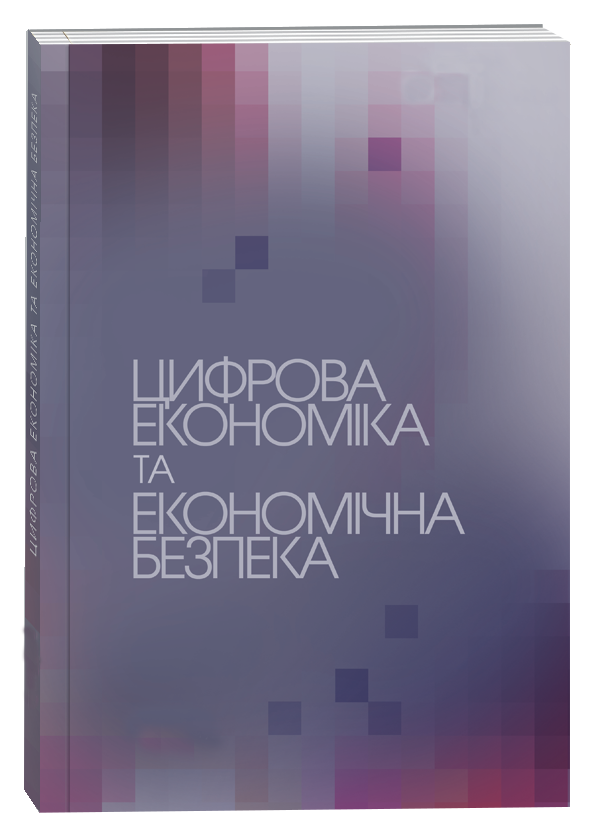SEMI-FORMAL RULES AS A FACTOR OF THE DYNAMICS OF THE EFFICIENCY OF FORMAL RULES
Abstract
The article considers the consequences of the spread of the practice of introducing semi-formal rules for the dynamics of the effectiveness of formal rules, and also suggests measures to prevent the occurrence and spread of this phenomenon. It was found that the main reason for the emergence and spread of semi-formal rules is the presence of the official with wide discretionary powers, which are provided for by the current formal rules. It is shown that the formation of semi-formal rules is accompanied by the emergence of two effects: static and dynamic effects of semi-formal rules. The static effect of the formation of semi-formal rules, which is the reason for the drop in the current effectiveness of the current formal rules, is due to a decrease in the level of transaction costs of the abuse of discretionary powers, as a result of the introduction of semi-formal rules. The dynamic effect of semi-formal rules arises due to the ability of semi-formal rules to form a positive feedback relationship between the prevalence of abuse of discretionary powers and the level of transaction costs of their abuse and is one of the reasons for the negative dynamics of current formal rules. It has been proven that reforming the current formal rules in order to limit the available discretionary powers of the official, as a measure to prevent the emergence and spread of semi-formal rules, is impractical, because despite the ability to eliminate the root cause of the emergence and spread of semi-formal rules – the high level of discretionary powers of the official – the implementation of this measure is accompanied by the increase in the level of transaction costs, the adoption of reformed formal rules and the inability of the bureaucratic system to adapt to unforeseen situations. In order to prevent the emergence and spread of semiformal rules, the use of measures to restore the efficiency of market mechanisms, or their imitation, is proposed. The proposed measures are aimed at increasing the level of transaction costs of abuse of discretionary powers and do not have a negative impact on the ability of the bureaucratic system to adapt to unforeseen situations.
References
Li Z., Tourin A. A Finite Difference Scheme for Pairs Trading with Transaction Costs. Computational Economics. 2022. Vol. 60. № 2. P. 601–632.
Melese F. Insights from Transaction Cost Economics for Government Organizations: An Application to the U.S. Department of Defense (DoD). Atlantic Economic Journal. 2021. Vol. 49. № 1. P. 109–111.
Djørup S. The institutionalisation of zero transaction cost theory: a case study in Danish district heating regulation. Evolutionary and Institutional Economics Review. 2021. Vol. 18. № 1. P. 159–174.
Yang T., Da Huo D., Choy L.H.T. et al. The Impact of Measurement and Pricing Cost on Rental Transaction Prices – Evidence from the Institutional Rental Housing Market in Beijing. The Journal of Real Estate Finance and Economics. 2023. Vol. 66. № 1. P. 119–140.
Thomas D.W. Michael C. Munger: Tomorrow 3.0: transaction costs and the sharing economy. Public Choice. 2020. Vol. 182. № 1-2. P. 229–232.
Hajdini I., Windsperger J. Real options in franchise contracting: an application of transaction cost and real options theory. European Journal of Law and Economics. 2020. Vol. 50. № 2. P. 313–337.
Piano E.E., Rouanet L. Economic calculation and the organization of markets. The Review of Austrian Economics. 2020. Vol. 33. № 3. P. 331–348.
Coria J., Jaraitė J. Transaction Costs of Upstream Versus Downstream Pricing of CO2 Emissions. Environmental and Resource Economics. 2019. Vol. 72. № 4. P. 965–1001.
Candela R.A., Geloso V. Coase and transaction costs reconsidered: the case of the English lighthouse system. European Journal of Law and Economics. 2019. Vol. 48. № 3. P. 331–349.
Абрамов Ф.В. Напівформальними правила. Вісник Національного технічного університету «Харківський політехнічний інститут» (економічні науки). 2016. № 27. С. 103–106.
Абрамов Ф.В. Качество высшего образования и коррупция в вузах: факторы динамики. Економічний часопис-ХХІ. 2011. № 11-12. С. 8-10.
Li Z., Tourin A. (2022) A Finite Difference Scheme for Pairs Trading with Transaction Costs. Computational Economics, Vol. 60, no 2, pp. 601–632.
Melese F. (2021) Insights from Transaction Cost Economics for Government Organizations: An Application to the U.S. Department of Defense (DoD). Atlantic Economic Journal, Vol. 49, no 1, pp. 109–111.
Djørup S. (2021) The institutionalisation of zero transaction cost theory: a case study in Danish district heating regulation. Evolutionary and Institutional Economics Review, Vol. 18, no 1, pp. 159–174.
Yang T., Da Huo D., Choy L.H.T. et al. (2023) The Impact of Measurement and Pricing Cost on Rental Transaction Prices – Evidence from the Institutional Rental Housing Market in Beijing. The Journal of Real Estate Finance and Economics, Vol. 66, no 1, pp. 119–140.
Thomas D.W. (2020) Michael C. Munger: Tomorrow 3.0: transaction costs and the sharing economy. Public Choice, Vol. 182, no 1-2, pp. 229–232.
Hajdini I., Windsperger J. (2020) Real options in franchise contracting: an application of transaction cost and real options theory. European Journal of Law and Economics, Vol. 50, no 2, pp. 313–337.
Piano E.E., Rouanet L. (2020) Economic calculation and the organization of markets. The Review of Austrian Economics, Vol. 33, no 3, pp. 331–348.
Coria J., Jaraitė J. (2019) Transaction Costs of Upstream Versus Downstream Pricing of CO2 Emissions. Environmental and Resource Economics, Vol. 72, no 4, pp. 965–1001.
Candela R.A., Geloso V. (2019) Coase and transaction costs reconsidered: the case of the English lighthouse system. European Journal of Law and Economics, Vol. 48, no 3, pp. 331–349.
Abramov F.V. (2016) Napivformalʹnymy pravyla. [Semi-formal rules.] Visnyk Natsionalʹnoho tekhnichnoho universytetu «Kharkivsʹkyy politekhnichnyy instytut» (ekonomichni nauky). no 27. pp. 103–106.
Abramov F.V. (2011) Kachestvo vyssheho obrazovanyya y korruptsyya v vuzakh: faktory dynamyky. [The quality of higher education and corruption in higher education institutions: dynamic factors.] Ekonomichnyy chasopys-ХХІ. no 11-12. pp. 8-10.
